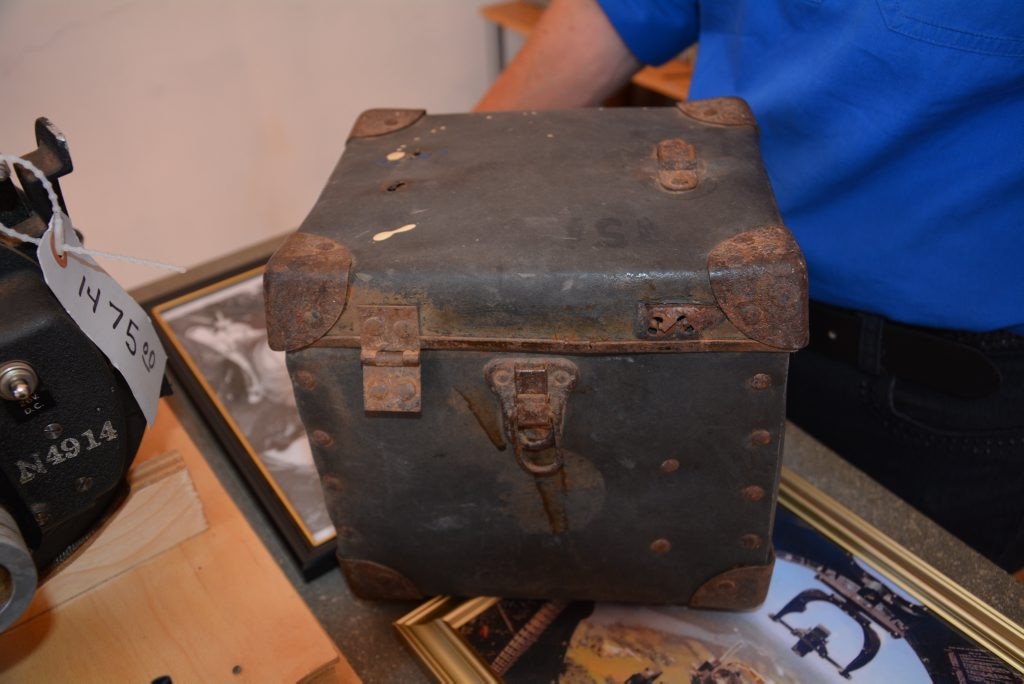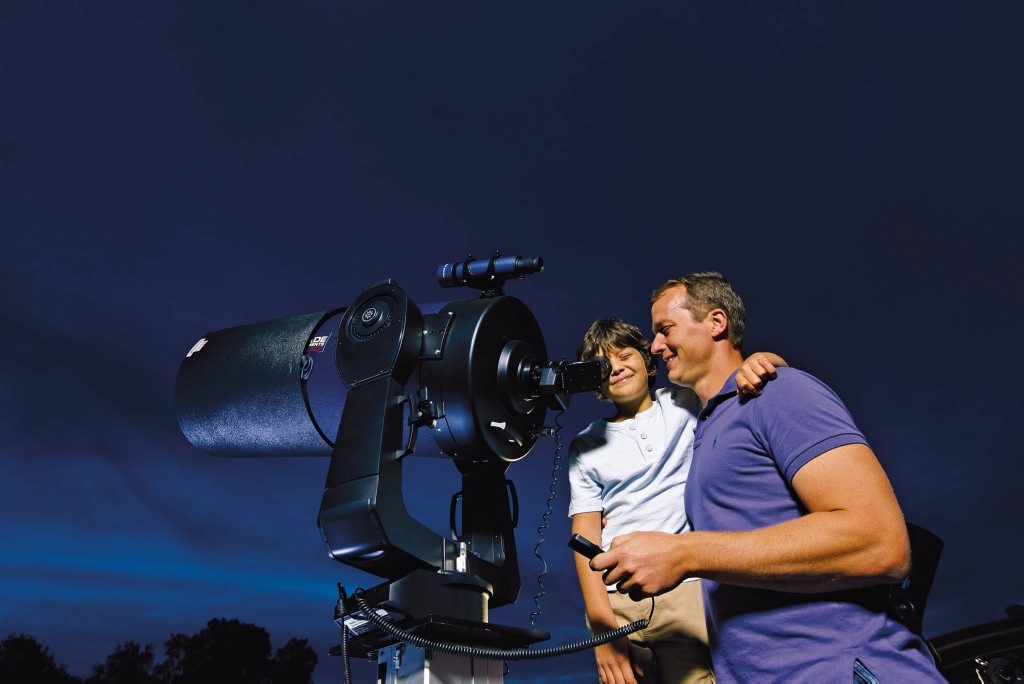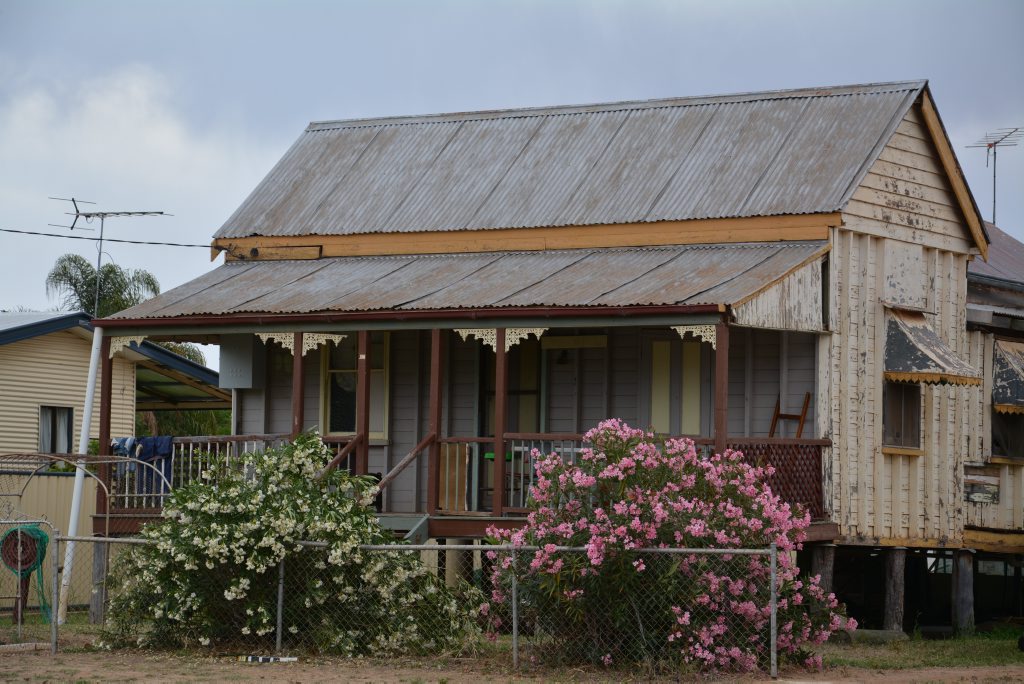Discovering Charleville's war secrets
CHARLEVILLE’S locals were sworn to secrecy about the 3500 American airmen and ground crews who took over their airfield in 1942.

Central & North Burnett
Don't miss out on the headlines from Central & North Burnett. Followed categories will be added to My News.
CHARLEVILLE'S role in the Second World War could have been lost forever if not for a proposed industrial estate unwittingly uncovering the town's mysterious history.
Locals were sworn to secrecy about the 3500 American airmen and ground crews who took over the western Queensland's airfield in 1942.
The top-secret site was selected to test the Norden bomb sight - a mechanical device that would attach to the Flying Fortresses to increase bombing accuracy - which meant it was rarely even referenced in war documents.
Charleville was far enough from the Japanese airfields that they couldn't bomb the town and return home on a full tank of fuel, and the dry climate made it easier to test mechanical devices.
They poked the lower branches of mulga trees through chicken wire - stretched across big telegraph poles at the airfield - to make it look like the forest was still intact.
They made it high enough, and zig-zagged it across the runway, so they could just pull it back like a baby's pram to enter and exit.
About 15km to the east, they carved a dummy airfield out of the mulga, putting balsa wood and cardboard planes on it to fool the Japanese if they ever did fly over.
Almost all the 101 buildings constructed at the airfield were dismantled when the Americans left, with concrete slabs and bitumen baths long since covered in red dirt and desert scrub.
Only three buildings and several concrete pads, discovered when the land was pegged as an industrial estate, remain.
But other remnants of the camps, where men lived in tents, are still being uncovered as the town pieces together what happened there more than 70 years ago.
Jane Morgan, from the Charleville Cosmos Centre, has begun running tours around the sites.
Her enthusiasm for everything they have uncovered, and the stories people have told them since the discoveries became public, is infectious.
Jane also tells us Charleville has some other claims to fame in the aviation world.
Once surveyors began identifying the region's stock routes in planes in 1919, she says the locals became enamoured with air travel - learning they could reduce the three-week journey to Longreach or the five to seven week round trip to Cloncurry to one day.
"Qantas first took to the air at 5.30am on November 2, 1922, from this airfield. So we say it was born in Winton and started in Charleville," she said.

"It flew here to Longreach to Cloncurry and then back to Charleville - for 15 years that was the Qantas route.
"A very enterprising man, who eventually built Hotel Corones, had just recently arrived from Greece … made a special little hamper, complete with only the best food, and sold it to them. So the first in-flight catering started in Charleville as well.
"All through the 20s and 30s, all the round-the-world aviators actually dropped in Charleville; from Amy Johnson right through to Nancy Bird Walton.
"Charleville was the designated compulsory stop in Australia for the MacRobertson Air Race from London to Melbourne in 1934.
"Those days they re-fuelled with 44-gallon drums and a hand pump.
"When they finished doing the re-fuelling, the barrels took up one town block, two barrels high."
A new museum for the Royal Flying Doctor Service, next to the service's new Charleville base, and the Cosmos Centre, where Jane spends most of her time, also are big drawcards to this outback town.
While contemplating the vastness of other galaxies thousands of light years into space, you can view diamonds twinkling in the sky through powerful telescopes, learn about colourful star clusters and spot craters on the moon.
The centre even has a special telescope for safely viewing the sun - even glimpsing sun spots and flares - during the day.
Everyone in the west has a story about Hotel Corones which has a mini-museum in the foyer that's easy to get lost in.
It's one of many great Charleville buildings that illustrate how prosperous the town once was. It's worth a drive around town if you like looking at architecture from different eras.
If you have guests from abroad who ask whether there are kangaroos in the street, this is the kind of place you can answer in the affirmative.
While most people tend to do big road trips to see the outback, there are regular flights to Charleville, with cars available for hire if you book in advance.
It's a few hours in each direction to discover more of outback Queensland, but please visit www.outbackqld.com.au to find out ALL the adventures you can have near Quilpie.
* This writer was a guest of Tourism and Events Queensland
Originally published as Discovering Charleville's war secrets







